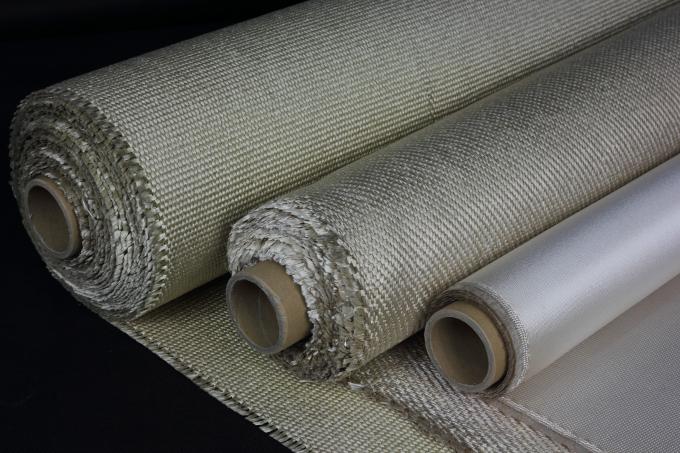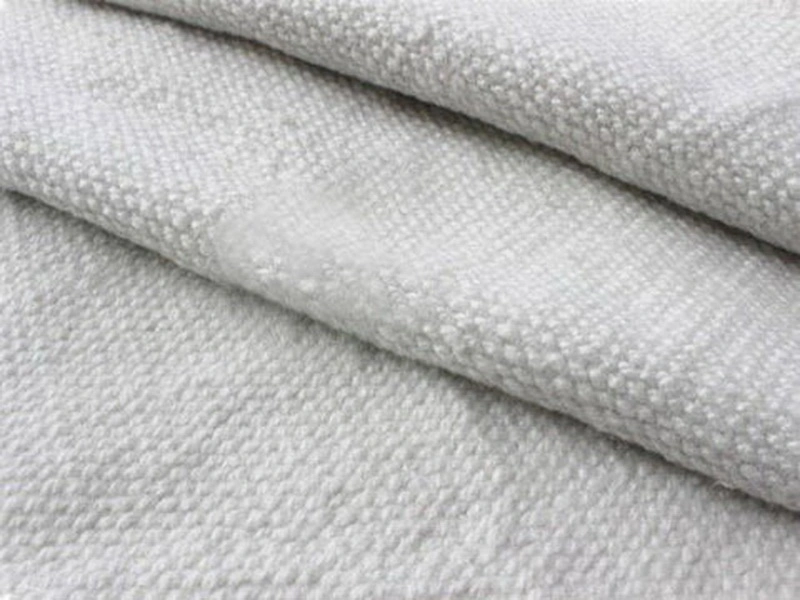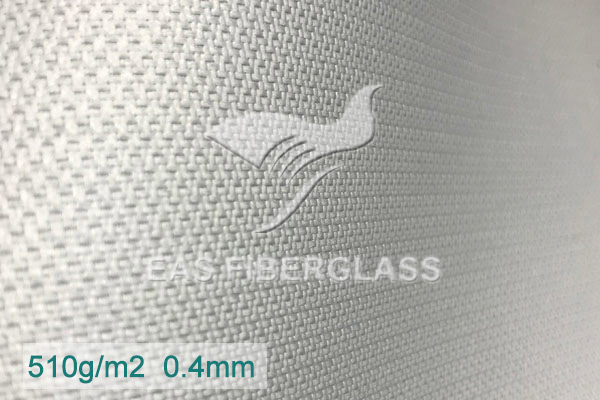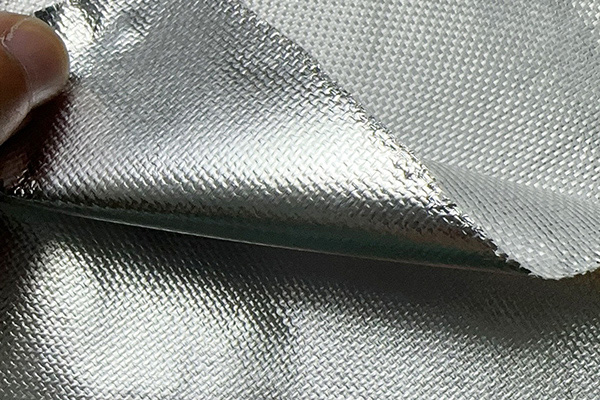May 27, 2024
Silica Fabric VS Ceramic Fabric
Silica fabric and ceramic fabric are both high-performance materials used for heat-resistant applications, but they have distinct properties and uses. Here's a detailed comparison:
Silica Fabric
Composition:
- Made from high-purity silica (SiO2) fibers.
- Typically contains over 90% silicon dioxide.
Properties:
- High-temperature resistance: Can withstand continuous temperatures up to 1000°C (1832°F) and short-term exposure up to 1200°C (2192°F).
- Low thermal conductivity: Offers excellent insulation properties.
- Chemical resistance: Resistant to most acids and alkalis, except hydrofluoric acid and phosphoric acid.
- Flexibility: Maintains flexibility even at high temperatures.
- Electrical insulation: Good dielectric properties.
- Low thermal shrinkage: Minimal shrinkage when exposed to high temperatures.
Applications:
- Heat shields and curtains.
- Welding blankets.
- Furnace and boiler insulation.
- Fireproof clothing and equipment.
- Aerospace and automotive thermal barriers.

Silica fabric cloth
Ceramic Fabric
Composition:
- Made from refractory ceramic fibers, typically alumina-silica compositions.
- Often contains zirconia or other additives for enhanced properties.
Properties:
- Extremely high-temperature resistance: Can withstand continuous temperatures up to 1260°C (2300°F) and short-term exposure up to 1400°C (2552°F).
- Low thermal conductivity: Excellent thermal insulation, even at higher temperatures than silica.
- Chemical resistance: Generally good, but may vary depending on the specific composition and additives.
- Mechanical strength: Higher tensile strength compared to silica fabric.
- Durability: More resistant to mechanical wear and tear at high temperatures.
- Bio-persistence: Some ceramic fibers may pose health risks similar to asbestos if inhaled, requiring careful handling and use of protective gear.
Applications:
- High-temperature furnace and kiln insulation.
- Gaskets and seals in high-temperature environments.
- Heat shields and protective barriers in industrial processes.
- Fireproof textiles and equipment in extreme environments.
- Insulation in petrochemical and power generation industries.

Ceramic Fabric Cloth
Comparison
Temperature Resistance:
- Silica Fabric: Up to 1000°C continuous, 1200°C short-term.
- Ceramic Fabric: Up to 1260°C continuous, 1400°C short-term.
Flexibility and Handling:
- Silica Fabric: More flexible and easier to handle.
- Ceramic Fabric: Generally stiffer, can be less user-friendly but offers higher mechanical strength.
Health and Safety:
- Silica Fabric: Generally safer to handle, no significant health risks with proper use.
- Ceramic Fabric: Potential health risks if fibers are inhaled; requires protective measures during handling.
Cost:
- Silica Fabric: Typically more cost-effective for applications up to its temperature limits.
- Ceramic Fabric: Usually more expensive due to higher temperature resistance and enhanced durability.
Application Suitability:
- Silica Fabric: Best for applications where high flexibility and moderate high-temperature resistance are needed.
- Ceramic Fabric: Ideal for extremely high-temperature environments where maximum thermal insulation and mechanical strength are critical.
Conclusion
Choosing between silica and ceramic fabric depends on the specific requirements of the application, including temperature exposure, mechanical stress, handling considerations, and cost constraints. Silica fabric is excellent for applications up to 1000°C with the need for flexibility, while ceramic fabric is suited for environments with higher temperatures and mechanical demands.
EAS Fiberglass Co., Ltd is a professional fiberglass products supplier and provides comprehensive and effective material industrial solutions covering the market of high-performance FRP, highly effective temperature insulation, and highly convenient construction. Nowadays, EAS owns various product lines of fiberglass yarn forming, woven fabrics, fabric coating/lamination, FRP, etc. The complete product lines enable EAS to master the quality control and products market competitive. Taking this advantage involves us in many projects and enhance brand promotion. Certified ISO9001-2008 equips EAS staff and management with a more professional operation. Certification of test reports for products is made by third-party laboratories SGS, TUV, DNV, etc.



